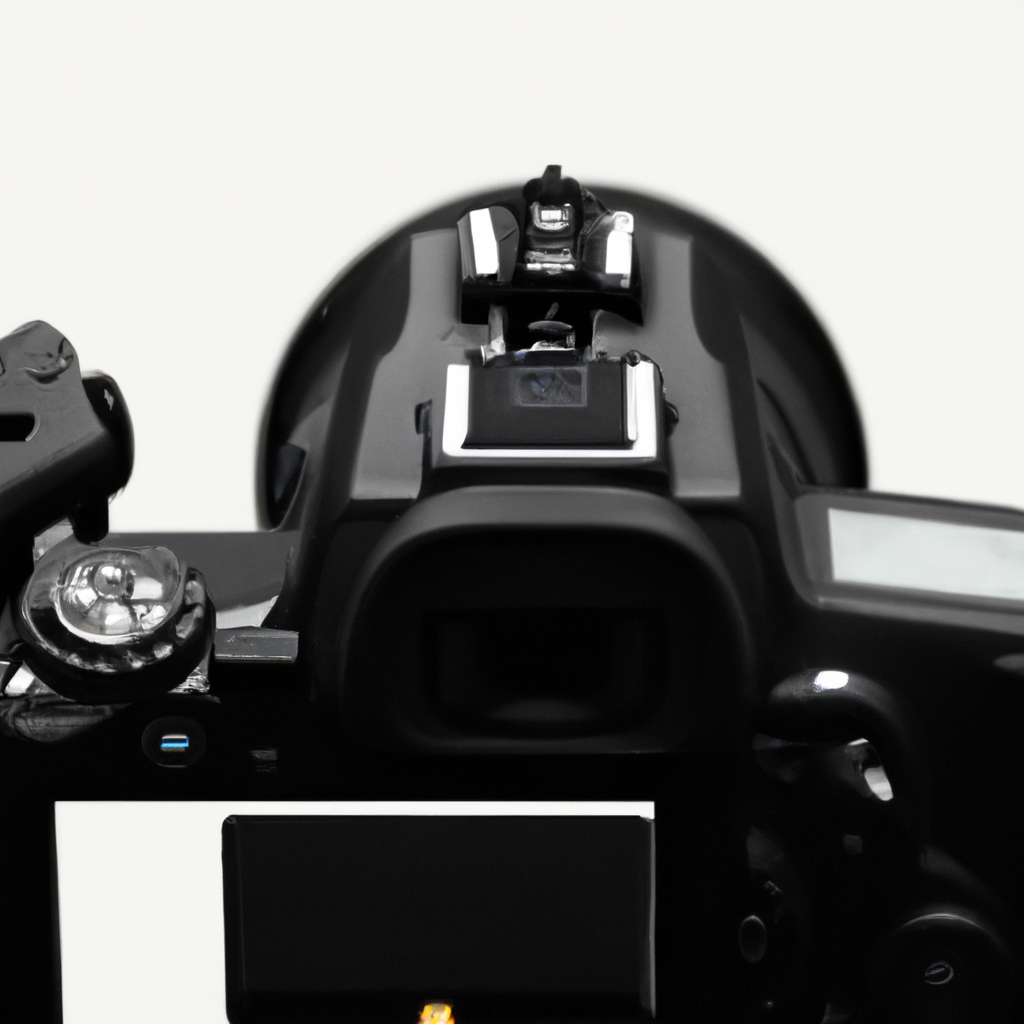Digital cameras have revolutionized the world of photography by making it more accessible and convenient to capture images. In this article, we will delve into how a digital camera captures images, from the lens to the image sensor, and everything in between.
Camera Lens
The first step in capturing an image with a digital camera is the camera lens. The lens is responsible for focusing light onto the image sensor. It works by adjusting the distance between the lens elements to change the focal length. This process allows the camera to zoom in and out, making it possible to capture different scenes with varying levels of detail.
Shutter
The shutter is another essential component of a digital camera. It works by opening and closing to control the amount of light that enters the camera. When you press the shutter button, the shutter opens, allowing light to enter the camera and hit the image sensor. The shutter then closes, and the camera processes the image.
Image Sensor
The image sensor is where the magic happens. It is an electronic device that converts light into electrical signals that the camera can use to create an image. The sensor is made up of millions of tiny light-sensitive cells called pixels. Each pixel captures a tiny amount of light and converts it into a voltage signal. The combined signals from all the pixels create the final image.
Pixel
Pixels are the building blocks of digital images. The more pixels an image sensor has, the higher the resolution of the image it can capture. The resolution of an image is measured in megapixels. The more megapixels a camera has, the more detail it can capture. However, having more megapixels does not necessarily mean better image quality. Other factors such as image sensor size, lens quality, and image processing also play a significant role.
Autofocus
Autofocus is a feature that helps the camera focus on the subject automatically. The camera uses various sensors to detect the distance between the lens and the subject, and then adjusts the focus accordingly. Autofocus is especially useful when capturing fast-moving subjects or when shooting in low light conditions.
ISO
ISO is a measure of how sensitive the camera is to light. A higher ISO setting will make the camera more sensitive to light, allowing it to capture images in low light conditions. However, higher ISO settings can also introduce noise or graininess into the image, so it’s essential to find the right balance between ISO and image quality.
In conclusion, a digital camera captures images by using a combination of components, including the lens, image sensor, shutter, autofocus, and ISO. Each component plays a critical role in ensuring that the final image is of the highest quality possible. By understanding how a digital camera works, you can take better photos and make the most of this incredible technology.







